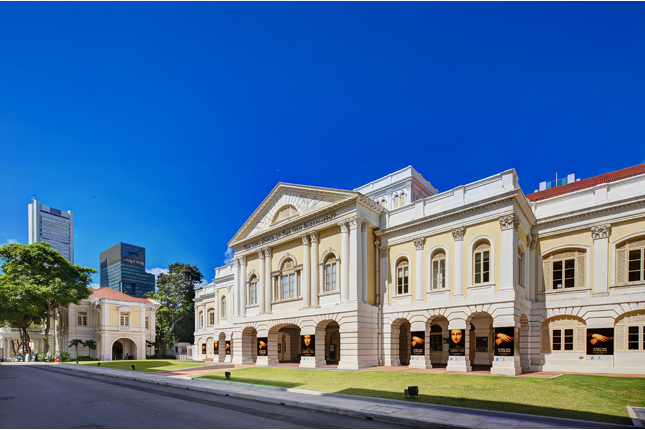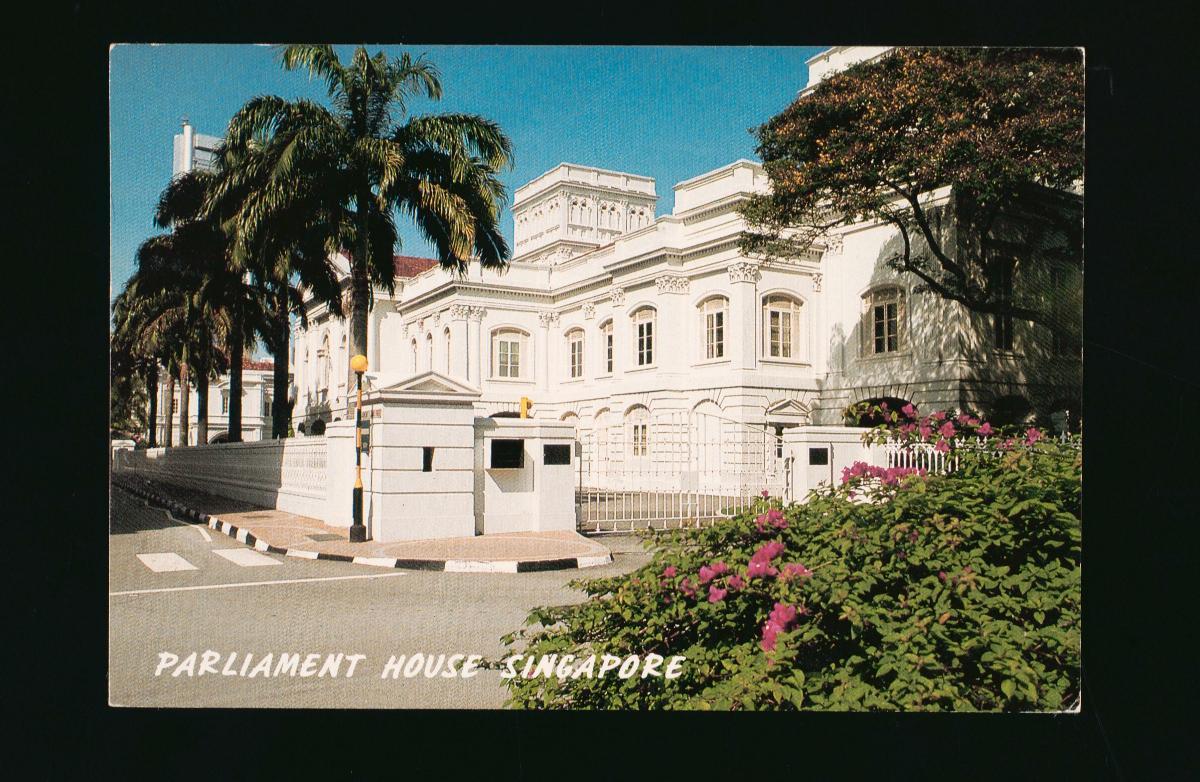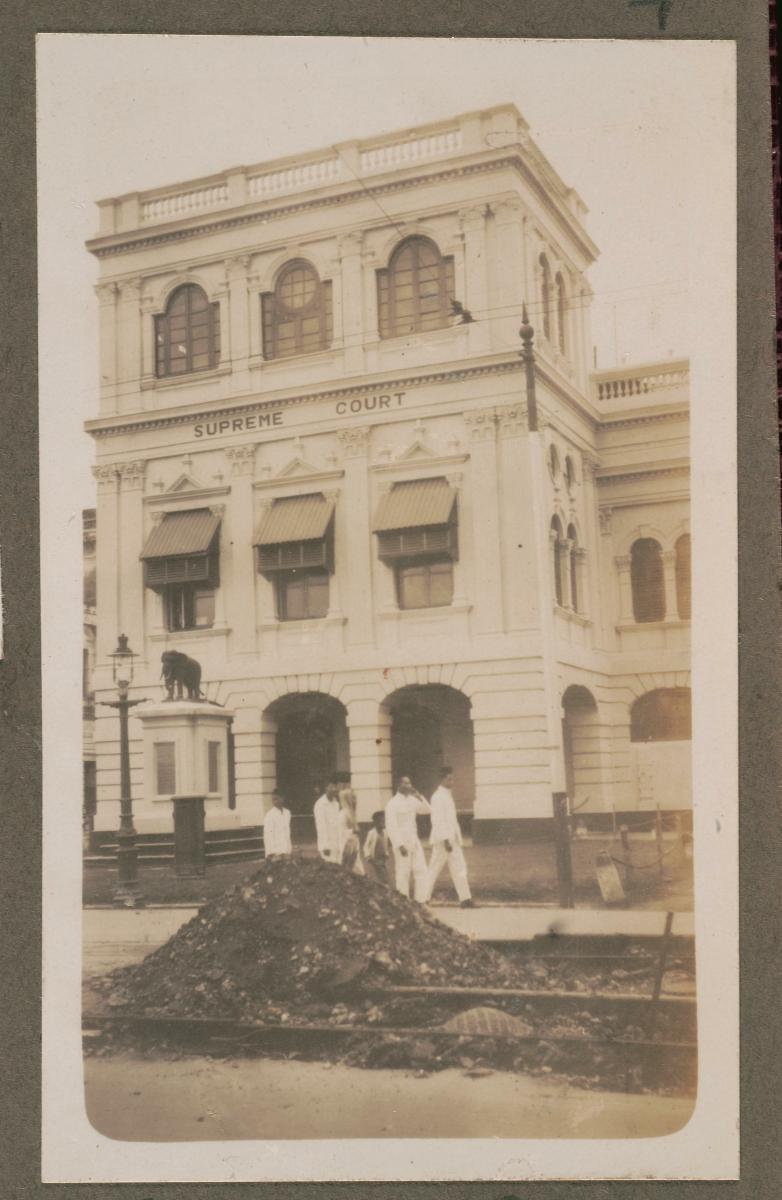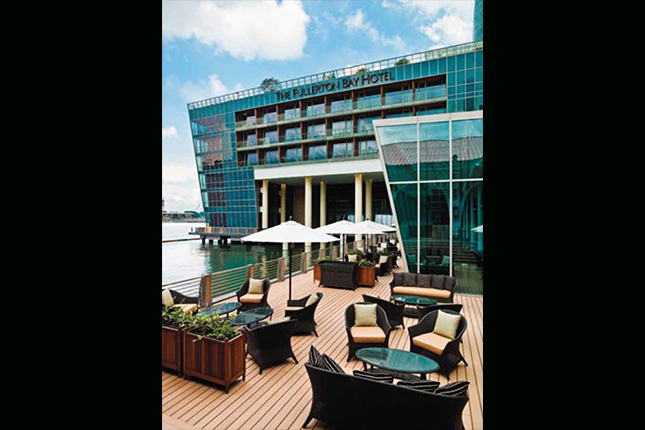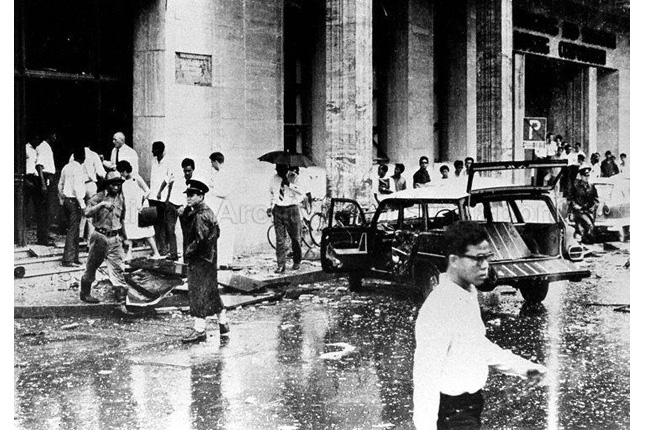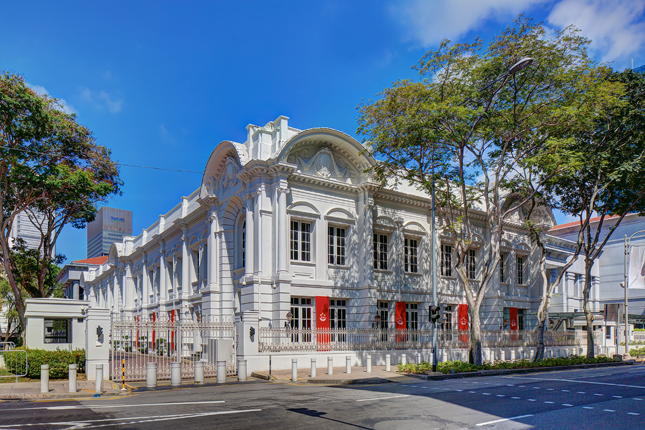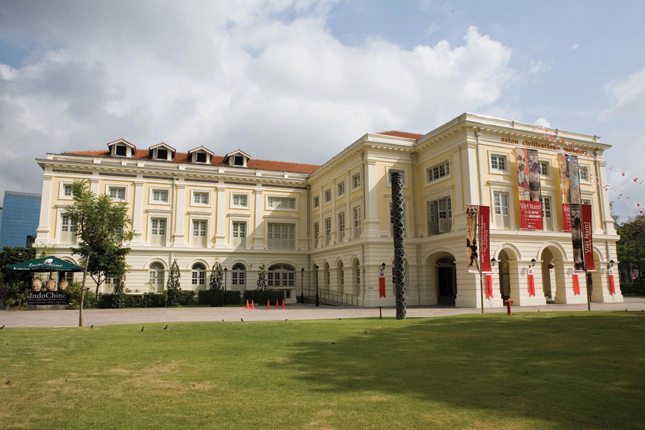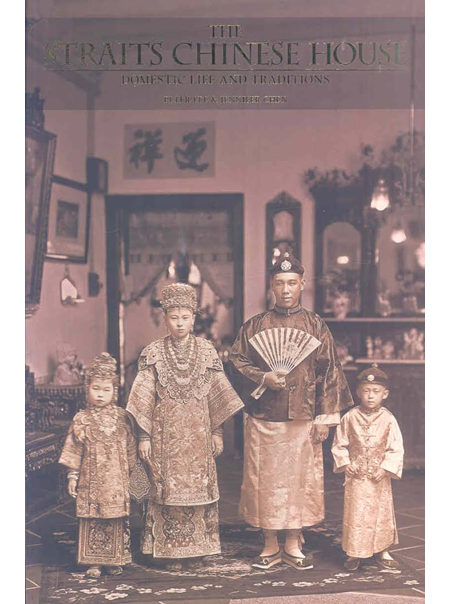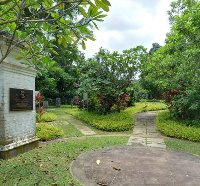The Former Parliament House is likely to be the oldest surviving building in Singapore. It bears testimony to Singapore’s colonial history and played an important political function in the country’s post-independence years.
A Private Residence
The palatial building was initially constructed as a private residence for John A. Maxwell, a Scottish merchant based in Java. He engaged George D. Coleman to design the house. Coleman later became Superintendent of Public Works, and went on to design the Armenian Church and the first Saint Andrew’s Church. Construction of the grand residence began in 1826 and was completed the following year.
Maxwell’s House – as the building came to be known – was fated never to be enjoyed as a private residence due to an administrative oversight. It turned out that the residence was constructed on land which Raffles had set aside for public and administrative use. Since Maxwell was already building another house, he agreed to lease Maxwell’s House to the British Administration for use as a Recorder’s Chamber and courthouse at 500 rupees per month. Upon the building’s completion, the court and other government offices moved in. Maxwell later sold the property to George G. Larpent and John Cockerell in 1829, and in 1842, the British East India Company acquired the building.
Administrative Functions
The stately building underwent several phases of renovation and construction, which were commissioned to adapt the house for the various functions that it served throughout its history. A new wing was added in 1875 to accommodate the growing needs of the government. The Land Office occupied the ground level of this new annex, while the courthouse, offices for the Resident Councillor and other administrators were located on the upper level.
The court then moved into a single-storey structure by the side of Maxwell’s House that was built in 1839 and opened by Sir William Norris, the fourth Recorder in Singapore. The court’s new location, however, proved to be unsuitable owing to the noises from the adjoining Hallpike Boatyard. As a result, the court returned to its former site. In 1868, the Supreme Court was established within the premises of Maxwell’s House. It moved briefly into the Former Empress Place Building before taking up the newly-built Supreme Court building in 1939.
After the Second World War, Maxwell’s House served as the Department of Social Welfare. Between 1954 and 1955, the house was renovated to carve out a council chamber for the new Legislative Assembly, which was formed after Singapore was granted partial internal self-governance in 1955. The project was undertaken by T. H. H. Hancock, an architect of the Public Works Department. Following Singapore’s independence, Maxwell’s House was designated as the Parliament House.
Architecture and Furnishings
The multiple renovations over the years have gradually eroded Coleman’s design of Maxwell’s House, which was specifically Neo-Palladian; the present-day Former Parliament House is more Neoclassical in style with triangular pediments and Corinthian pilasters incorporated into the monument’s façade. Nonetheless, there remains on the front façade of the building a Palladian window – a three-part window with two rectangular sections flanking a larger, central arched opening. Loggias act as a buffer between the building and the scorching rays of the tropical sun. In addition, numerous windows ensured that the interior was kept cool before air-conditioners were installed.
Inside the former Parliamentary Chamber, where parliamentary sessions were previously held, the high coffered ceiling adds an air of dignity to the space. Tuscan pilasters line the chamber’s walls, while dentils adorn the cornices. The old seats of the parliament have also been retained.
Former Parliament House Today
Presently, the Former Parliament House is known as The Arts House, an arts and heritage centre. Art and cultural events, such as exhibitions and performances, are held there regularly.
Our National Monuments
Our National Monuments are an integral part of Singapore’s built heritage, which the National Heritage Board (NHB) preserves and promotes for posterity. They are monuments and sites that are accorded the highest level of protection in Singapore.




